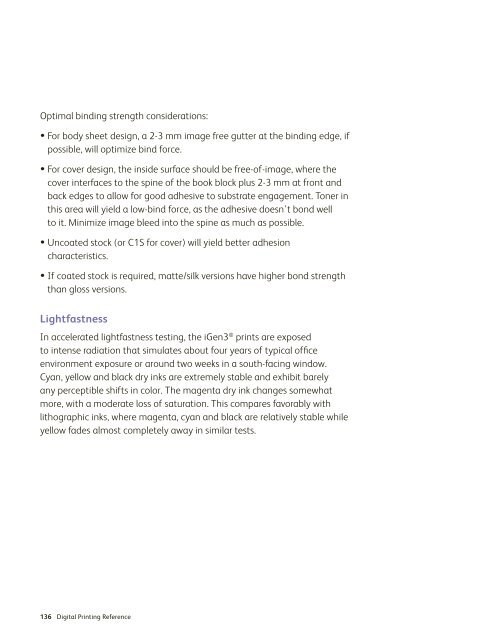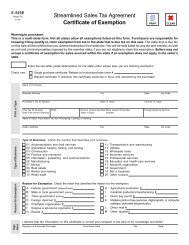Xerox iGen4 Job Preparation Guide for Designers - Keiger Graphic ...
Xerox iGen4 Job Preparation Guide for Designers - Keiger Graphic ...
Xerox iGen4 Job Preparation Guide for Designers - Keiger Graphic ...
Create successful ePaper yourself
Turn your PDF publications into a flip-book with our unique Google optimized e-Paper software.
Optimal binding strength considerations:<br />
• For body sheet design, a 2-3 mm image free gutter at the binding edge, if<br />
possible, will optimize bind <strong>for</strong>ce.<br />
• For cover design, the inside surface should be free-of-image, where the<br />
cover interfaces to the spine of the book block plus 2-3 mm at front and<br />
back edges to allow <strong>for</strong> good adhesive to substrate engagement. Toner in<br />
this area will yield a low-bind <strong>for</strong>ce, as the adhesive doesn’t bond well<br />
to it. Minimize image bleed into the spine as much as possible.<br />
• Uncoated stock (or C1S <strong>for</strong> cover) will yield better adhesion<br />
characteristics.<br />
• If coated stock is required, matte/silk versions have higher bond strength<br />
than gloss versions.<br />
Lightfastness<br />
In accelerated lightfastness testing, the iGen3 ® prints are exposed<br />
to intense radiation that simulates about four years of typical office<br />
environment exposure or around two weeks in a south-facing window.<br />
Cyan, yellow and black dry inks are extremely stable and exhibit barely<br />
any perceptible shifts in color. The magenta dry ink changes somewhat<br />
more, with a moderate loss of saturation. This compares favorably with<br />
lithographic inks, where magenta, cyan and black are relatively stable while<br />
yellow fades almost completely away in similar tests.<br />
136 Digital Printing Reference





